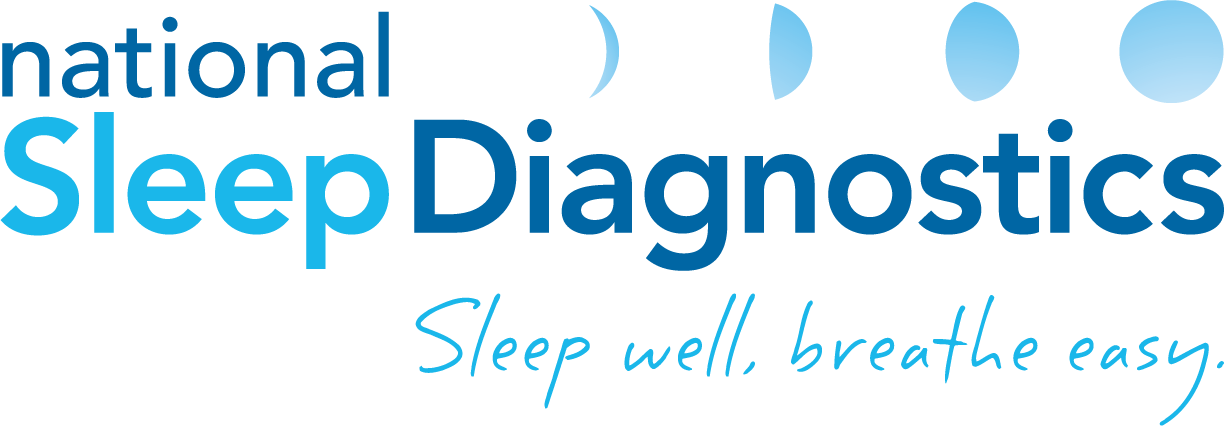Parasomnias + Oddities
Unusual behaviours at night are given the name of parasomnias. In reality this is just a label or classification for some of the more common conditions which can affect sleep. These include common adult or childhood experiences such as nightmares, sleep talking, sleep walking, night terrors in children and bedwetting.
What’s more interesting and often a favourite in media reports, are odd or unusual behaviours termed non-REM parasomnia, or REM behaviour disorder. These can range from basic movements, vocalisations or actions, up to fairly complex behaviours such as going to the kitchen to make a sandwich, or acting out a dream. Often the movements can be quite violent such as kicking or punching. When the activity involves talking, it will look for all intents and purposes as deliberate. A particularly disturbing event is sleep paralysis, where individuals can be aware that they cannot move and this distressing situation can be fairly prolonged.
The root of these more interesting behaviours are generally due to a disconnection between the relaxed state of the brain and the muscles which control activity and actions. In addition, the emotional centre of the brain may burst out with activity which overwhelms the body’s relaxation at night. Depending on this mixture, people may or may not recall these events; they may be repetitive and frequent or just triggered occasionally by stressful events. Parasomnias frequently lead to broken and unrefreshing sleep, sometimes to self-harm and usually frightened bed partners or family members!
We are learning more about sleep as time goes on, and there seems to be a third portion of sleep where we are not fully awake or fully asleep and that is the time when parasomnias seem to be occurring. Recent media reports describing violent actions, sexual activity, driving and the effect of certain medications on sleep indicate that parasomnias are fairly common.
Parasomnias are frequently triggered by fairly common occurrences such as snoring and sleep apnoea, restless leg movements, psychological stress or agitating events, medications and some medical conditions such as Parkinson’s disease.
A full assessment would involve a detailed description of the events and their frequency, corroboration by bed partners or family members, review of contributory factors including medication usage, as well as sleep testing. In addition, a careful review of the role of mental stimulation, anxiety and agitation would be undertaken to help identify triggers for these behaviours.
Most parasomnias can be treated through basic interventions and ensuring that patients are kept safe. As the root cause of many of these is mental agitation, a sleep psychologist is often pivotal to help identify, control and remove triggers. Medications can be used to reduce severity. Some reduce the components of rapid eye movement sleep. Muscle relaxants reduce our body’s ability to respond or enact the dream, while sleep stabilising medications reduce the amount of disruption by reducing changes in sleep state. At a minimum, there would be a focus on adequate sleep and stress relief, including favourable sleep habits and light exposure.
